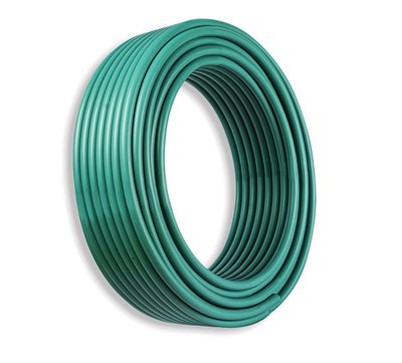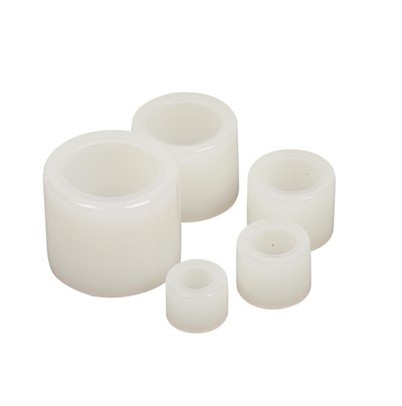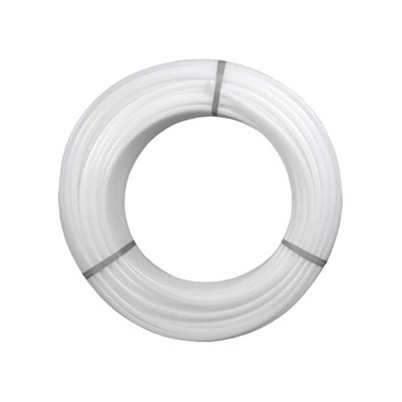How to deal with floor drains in sewage pipes
Leave a message
Can having a water trap really ensure that there are no odors? Of course not, because if there is insufficient water in the trap, it will also return to the odor. So, under what circumstances will insufficient water accumulation occur? When we use water, such as flushing the toilet, there will be a pressure difference in the drainage pipe, which will suck out some of the accumulated water in the trap. As the accumulated water decreases, the odor naturally increases.
In short, to fundamentally solve the problem of floor drain odor return, it is necessary to pay attention to the following two points.
1. Add a trap at the floor drain
A high-quality floor drain has a fast drainage speed, and ordinary drainage does not cause blockage at all. Only hair can cause floor drain blockage. So, the trap of the floor drain really won't affect the blockage of the sewer.
2. The accumulation of water in the trap. Although insufficient water accumulation can cause odors, no one will keep flushing the toilet. If this is not possible, add a return pipe. Even if there is a pressure difference in the water trap, the air in the return pipe will quickly fill to prevent insufficient water accumulation caused by the pressure difference.
Small suggestions
The principle of floor drains is actually to achieve odor prevention through water sealing. Although most floor drains on the market have an odor prevention effect, if conditions permit, it is recommended to choose a deep water floor drain because there is enough accumulated water. The shallow sealed floor drain has very little water storage and is easy to dry up. Another type is a self sealing floor drain, which has the advantage of automatically sealing after drainage.
In short, each floor drain has its own advantages and disadvantages, and it is still necessary to choose a suitable floor drain based on the actual situation to avoid floor drain odor.







